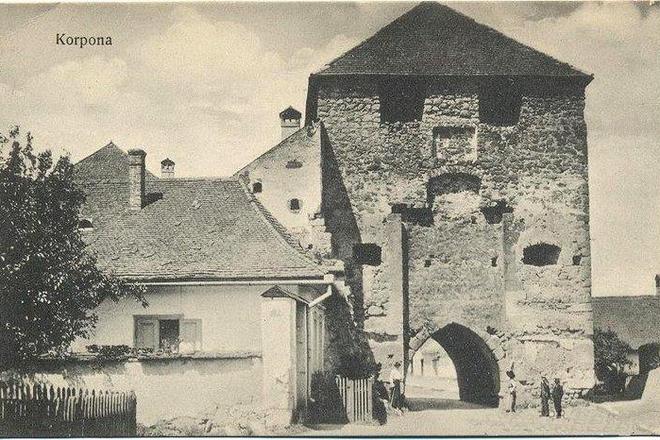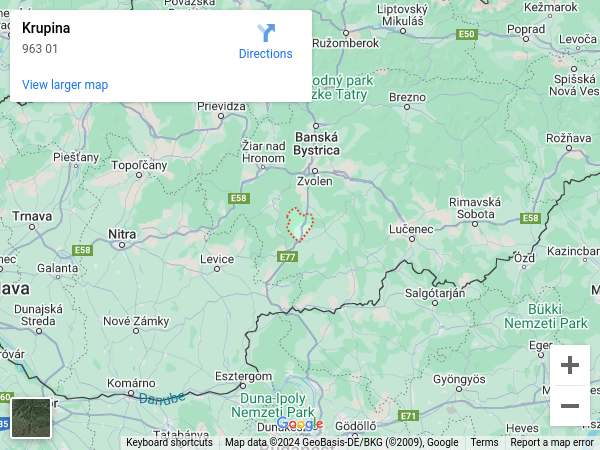Town gates used to be part of the image of Slovak towns in the past. Many towns were protected by walls; their gates were crucial and often the most resilient point of the town fortifications.
As they were only able to resist enemy cavalries, the gates later failed to confront new challenges. When fortifications lost their justification, towns started to expand and it was the gates that were often the first to pay the price. They were first demolished in the 19th century, though the one in this postcard from the 1920s stood in Krupina, central Slovakia, until 1942.
The lower gate was originally built in 1551 for protection against the Ottomans. The construction of fortifications was complex for towns to carry out, often overly demanding. Krupina, too, was fortified gradually, first with just simple and unconnected walls growing around the town.
A breakthrough came in 1553 when the land council pronounced Krupina a border castle. Thus, it became a defence bastion against the Ottomans for the next two centuries. Thanks to this privileged position, the town received numerous advantages and concessions. For example, in 1559 Emperor Maximilian ordered four regions, Turiec, Zvolen, Liptov and Orava, to provide people to work on the construction of the Krupina fortification without pay.
It also was allocated as a strong garrison of 400 horsemen and 189 infantrymen led by Captain Ján Krušič. Soldiers were both protection for Krupina and a curse, as their caprices had to be repeatedly dealt with at the imperial court.
In spite of its considerable force, the garrison was struck by a tragic fate: in 1562 it made a brave charge against the Ottomans but nevertheless lost the battle. Most of the soldiers died and Captain Krušič was captured. However, he survived in prison in Istanbul, unlike many others, and three years later he managed to return to Great Hungary.
This article was first published by The Slovak Spectator on December 1, 2015. It has been updated to be relevant today.


